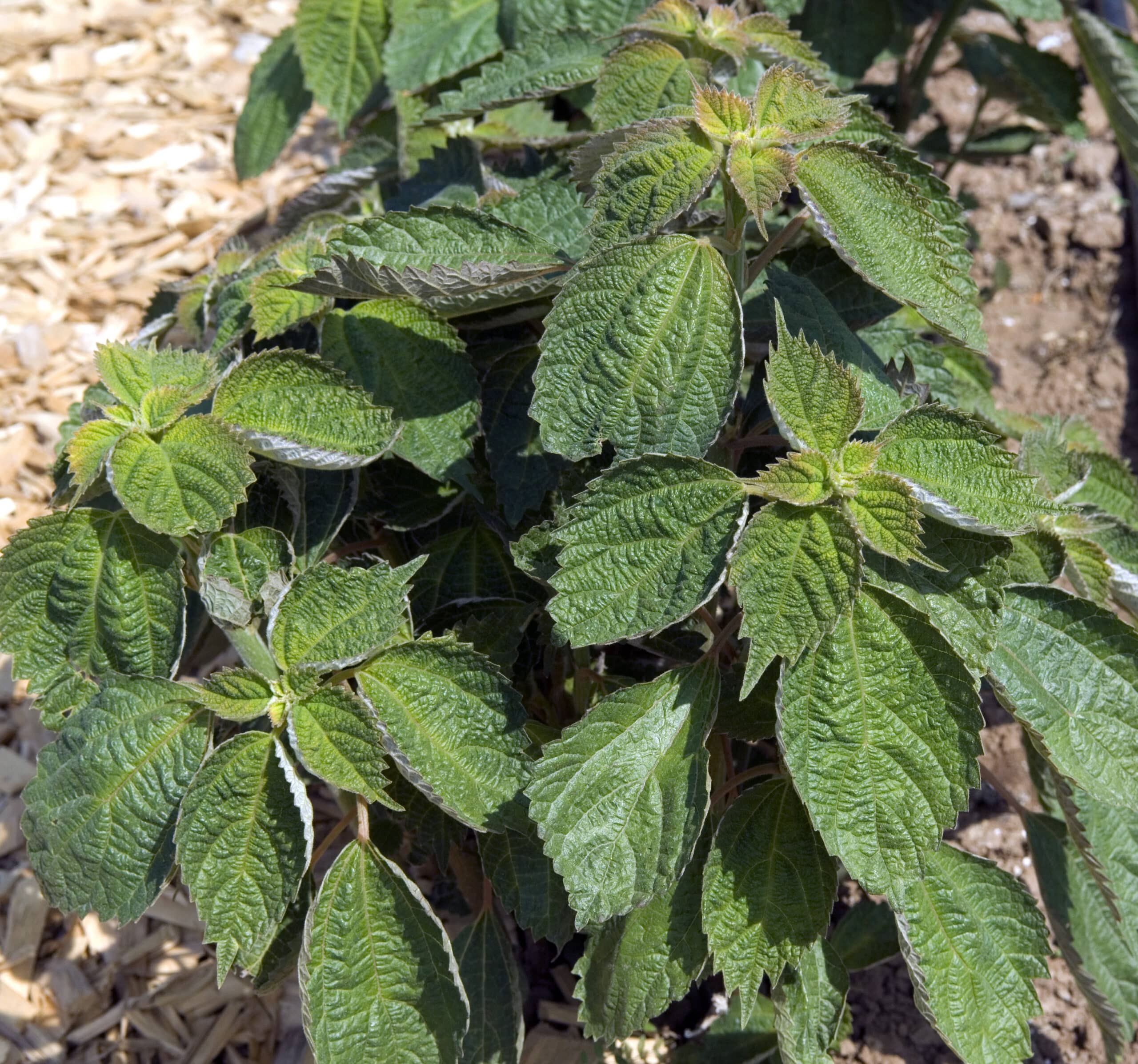Producing a very high quality fibre, the plant is highly cultivated, especially in China and Southeast Asia. It is also occasionally cultivated for its fibre or as an ornamental plant in southern Europe. The plant is classified as ‘Least Concern’ in the IUCN Red List of Threatened Species.
In terms of habitat, boehermia nivea is found in evergreen forests especially along streams; widely naturalised at forest margins, in ravines and thickets, along roadsides and in other disturbed areas, often on limestone; at elevations from 200 – 1,700 metres.
In terms of medicinal use, its rich history of medicinal use dates back at least 3,000 years to the ancient medical textbooks of the Chinese emperors. The plant is antiphlogistic, demulcent, diuretic, febrifuge, haemostatic and vulnerary. It is used to prevent miscarriages and promote the drainage of pus. The plant is used as a medicine to relieve fevers and infections of the urethra. The leaves are astringent and resolvent, and they are used in the treatment of fluxes and wounds
Majority of the focus has been on the boehmeria nivea root, which contains flavonoid rutin and is antiabortifacient, antibacterial, cooling, demulcent, diuretic, resolvent and uterosedative. It is used in the treatment of threatened abortions, colic of pregnancy, haemorrhoids, leucorrhoea, impetigo and other diseases.
As recent as 2010, many scientific studies on the boehmeria nivea root has been conducted using individual DNA band based molecular scientific methods. In summary, boehmeria nivea has been scientifically evident in suppressing the production of signal molecules related to tumor cells growth, such as -catenin, and decreasing the activities of growth regulatory proteins, such as phospho-AKT. These data suggest that boehmeria nivea could play roles to inhibit tumor cells growth.
In another study, it was also discovered that that boehmeria nivea decreases the protein expression levels of P-glycoprotein (P-gp), an efflux pump, which is located on cell membrane to regulate multidrug resistance (MDR), and recognizes different chemotherapeutic agents and transports them out of membrane. Therefore, boehmeria nivea has great potential to attribute its action on P-gp protein expression levels and to reduce drug resistance in cancer cells.
On a preventive healthcare perspective, boehmeria nivea has demonstrated a capability to support cellular rejuvenation, primarily supporting telomeres and mitochondria health. This is achieved by actively suppressing major inflammation proteins such as CO2 and therefore alleviating the potential for inflammation-induced deterioration at the cellular level.
With ongoing research and clinical trials, it is hoped that these discoveries will continue to yield more fruitful results towards both cancer cure and regenerative medicine.




